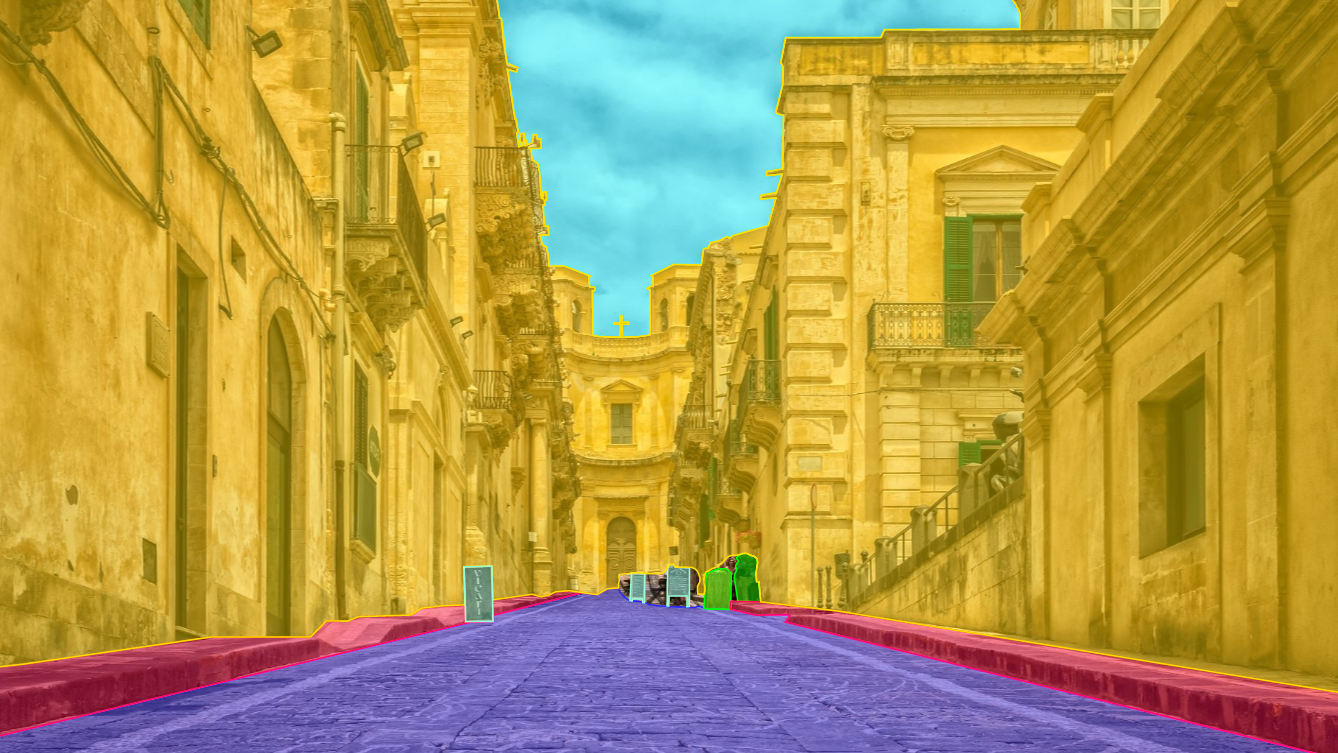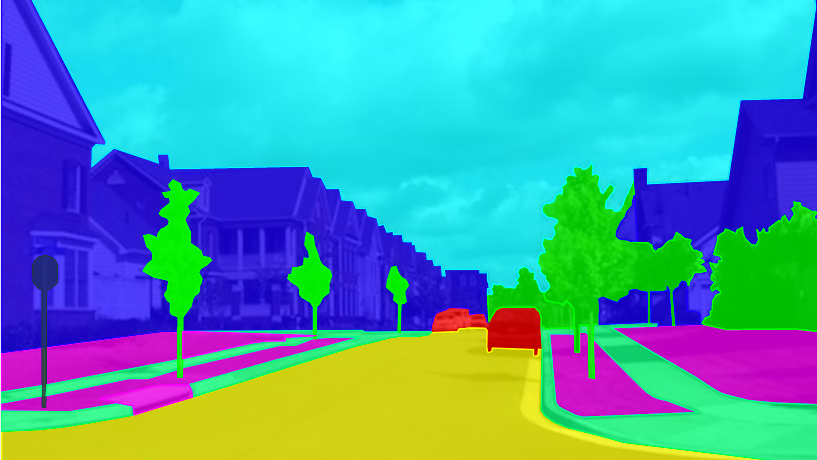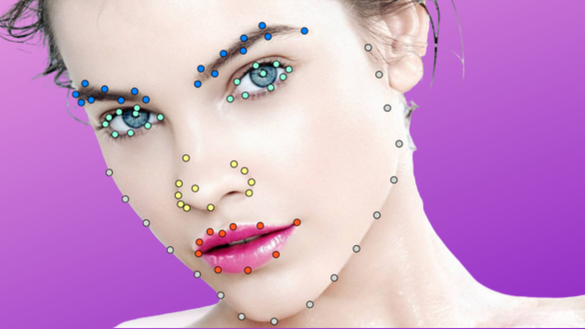Computer Vision Annotation

Bounding Box
Click to Learn More
Bounding box annotation is a technique used in computer vision to identify and locate objects in images or videos. It involves drawing a rectangular box around an object and assigning a label that corresponds to the object class. The box is adjusted to encompass the object accurately while excluding the surrounding background.
This process is performed by trained annotators using specialized tools, and it requires a great deal of precision and attention to detail. The annotation of bounding boxes helps to train machine learning models to detect and recognize objects automatically in new images or videos. This technology is used in a wide range of applications, including surveillance, autonomous vehicles, facial recognition, and object detection.
Bounding box annotation is a crucial step in the development of computer vision technology, as it enables computers to understand the visual world in a way that is similar to humans. It helps to make computers more intelligent and allows them to perform tasks that would otherwise be impossible, such as identifying and tracking objects in real-time.
Bounding box annotation is a crucial step in the development of computer vision technology, as it enables computers to understand the visual world in a way that is similar to humans. It helps to make computers more intelligent and allows them to perform tasks that would otherwise be impossible, such as identifying and tracking objects in real-time.

Image Classification
Click to learn more
Image classification annotation is a process that involves labelling images with specific keywords or tags that describe the visual content. This labelling technique is essential to train machine learning models to recognize and categorize images accurately.
The process of image classification annotation is performed by trained annotators who review each image and assign appropriate labels. These labels can be used to categorize the images into different classes based on their visual features.
The annotated dataset produced from image classification annotation is used to train machine learning models to analyse and recognize visual content. This technology is used in applications such as object recognition, visual search, and content-based image retrieval. Accurately categorizing images enables computers to understand and analyse visual content, enabling more advanced applications from e-commerce to healthcare and beyond..

Panoptic Segmentation
Click to Learn More
During the annotation process, annotators must identify and label each object individually, assigning unique identifiers to each object, while also assigning labels to each pixel in the image based on its object class. This combination of instance and semantic segmentation is necessary to ensure that all objects are correctly labelled and segmented in the resulting dataset.
Overall, panoptic segmentation annotation is a critical step in generating accurate datasets for training models to perform panoptic segmentation and can be used for a variety of purposes, such as improving accessibility for visually impaired users or automatically tagging and categorizing content on a website.

Poly lines
Click to Learn More
Polylines annotation is a computer vision technique that involves drawing lines or curves to identify and track specific features or objects within an image or video. These lines or curves are called polylines and are typically used to mark the boundaries of objects or regions of interest.
The annotation process for polylines involves drawing lines or curves around the edges of an object or region of separation. This process is repeated for separation of interest within an image or video and results in an annotated dataset that can be used to train machine learning models to automatically detect and track objects.
This type of annotation is particularly useful in the field of autonomous driving, where self-driving cars need to be able to accurately identify and track driving lanes in order to navigate the road safely. It also finds its use in the field of facial expression detection and medical imaging. With polylines annotation, the machine learning model can be trained to detect and track the driving lanes even in complex environments with multiple lanes, curves, and intersections.

Semantic Segmentation
Click to learn more
Semantic segmentation annotation is a process that involves labelling every pixel in an image with a corresponding class label. The goal is to accurately identify and separate different objects in an image based on their semantic meaning, such as distinguishing between different types of animals, plants, or buildings.
The annotation process requires trained annotators to carefully label each pixel in an image with the appropriate class label. The result is an annotated dataset that can be used to train machine learning models to accurately segment and classify objects in images automatically.
Semantic segmentation annotation has a wide range of applications, such as in autonomous vehicles, medical imaging, and other computer vision technologies. Accurately segmenting and classifying images based on their semantic meaning enables computers to understand and analyse visual content, enabling more advanced applications.

Face Marking
Click to Learn More
Facemarking annotation is a technique used in computer vision to label facial features in images or videos. It involves marking specific points on a person’s face, such as the corners of the eyes, nose, and mouth, to identify and locate facial features accurately. The process is performed by trained annotators using specialized tools, and it requires a high level of precision and attention to detail.
Facemarking annotation plays a crucial role in applications such as facial recognition, emotion detection, and augmented reality. Hence it requires a high degree of expertise and experience, as accurate placement of the markers is essential for proper analysis of the facial features.
In conclusion, facemarking annotation is an essential technique in the field of computer vision, allowing for more accurate facial recognition and analysis. With continued research and development, this technology has the potential to revolutionize a wide range of applications, from personalized advertising to healthcare and security.

3d cuboid
Click to Learn More
3D cuboid annotation is a technique used to label objects in a three-dimensional space. It involves creating a three-dimensional bounding box, or cuboid, around an object to define its location, size, and orientation. This technique is commonly used in computer vision applications such as object recognition, autonomous vehicles, and augmented reality.
During the annotation process, trained annotators use specialized tools to create a 3D cuboid around the object. The cuboid is adjusted to accurately encompass the object while excluding the surrounding background. The cuboid is also labelled with a specific object class, which allows the computer to recognize and understand the object within the cuboid.
3D cuboid annotation requires a high level of expertise and precision, as accurate labelling of the cuboid is essential for proper analysis of the object’s location, size, and orientation. However, the resulting annotated dataset can be used to train machine learning models to perform automated recognition and tracking of objects in a three-dimensional space.
The use of 3D cuboid annotation is crucial in applications such as autonomous vehicles and augmented reality, as it allows the computer to accurately locate and recognize objects in a three-dimensional space. This technology has the potential to revolutionize industries such as transportation, gaming, and robotics, and is an exciting area of development in computer vision.

Skeleton
Click to learn more
Skeleton annotation is a type of image or video annotation that involves identifying and annotating the skeletal structure of an object or animal in an image or video. This type of annotation is often used in computer vision applications such as animal behaviour analysis, medical imaging, and robotics.
During the annotation process, trained annotators use specialized tools to identify and mark the key points that make up the skeletal structure of the object or animal in the image or video. These key points are typically referred to as “joints” or “landmarks” and are annotated using specific labels or colours to indicate their location and connectivity.
Once the skeletal structure is annotated, it can be used to analyse the movement or behaviour of the object or animal. For example, in medical imaging, skeleton annotation can be used to analyse joint mobility or bone alignment, while in robotics, it can be used to program movements for robots that mimic human or animal motion.

Instance Segmentation
Click to Learn More
Instance segmentation annotation is a computer vision technique that involves labelling each object in an image with a unique identifier. This labelling allows for the precise identification and tracking of individual objects, even when they are overlapping or occluded by other objects in the image.
The annotation process requires a high level of precision and attention to detail, as accurate labelling of each object is crucial for proper analysis and tracking. The resulting annotated dataset can be used to train machine learning models for automated instance segmentation and tracking.
Instance segmentation annotation has many practical applications, such as in autonomous vehicles, robotics, and other computer vision technologies. With continued research and development, this technology is likely to advance further and enable even more advanced applications in the future.
